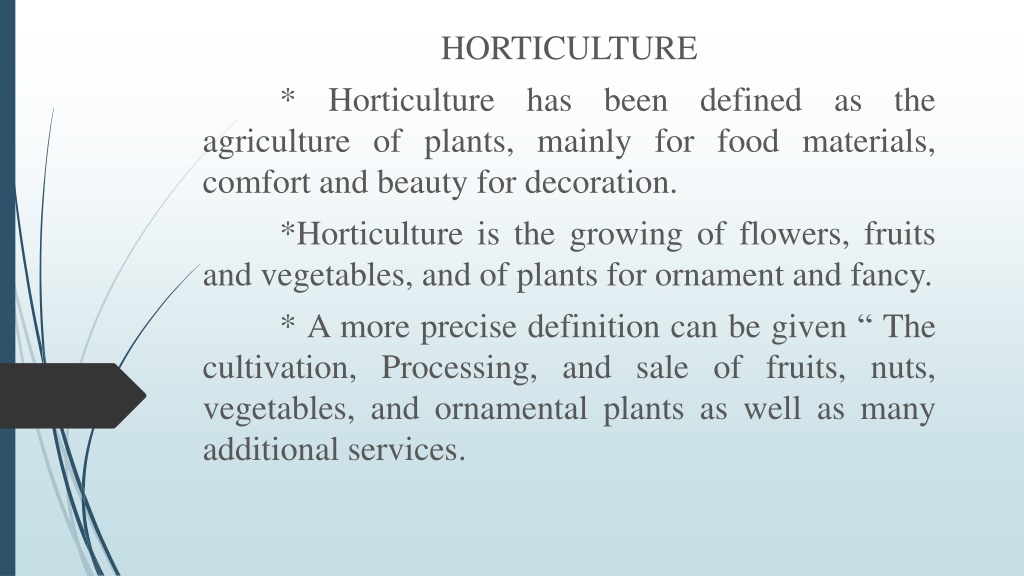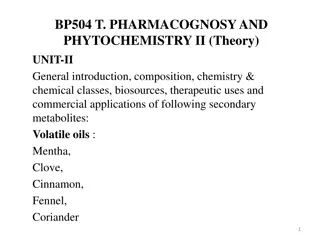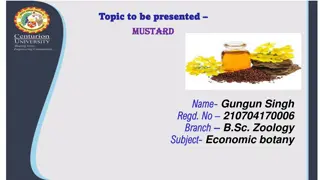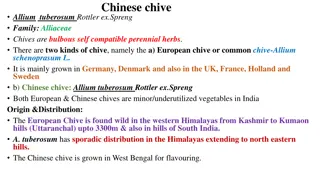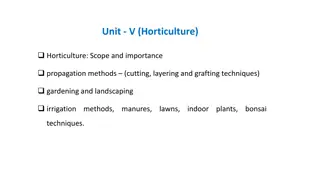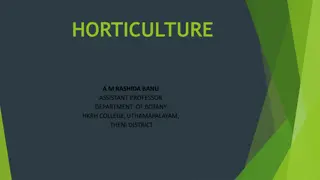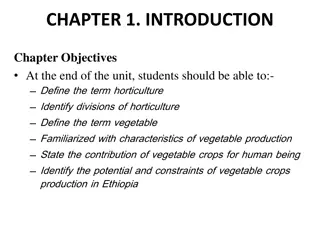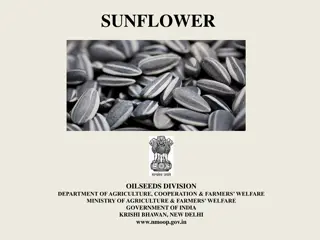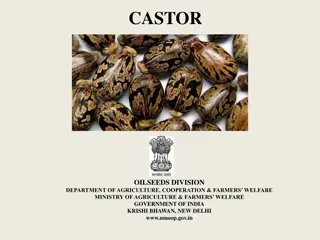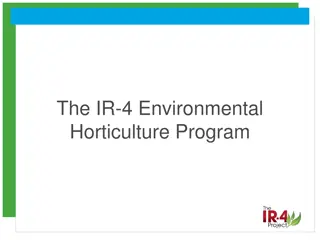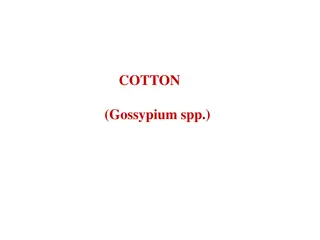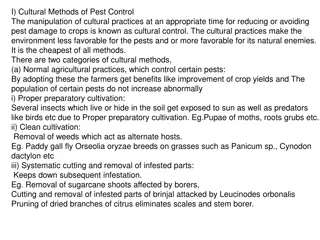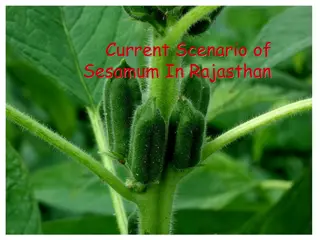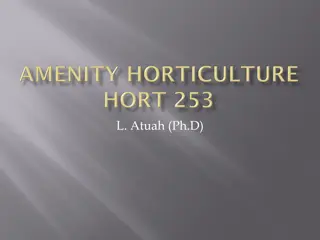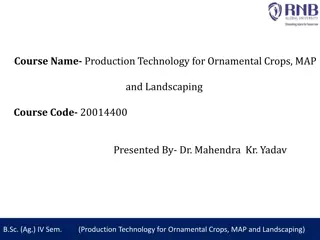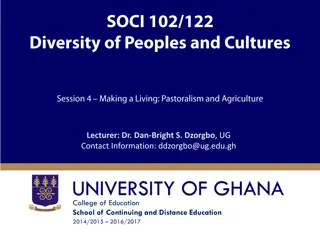Understanding Horticulture: Cultivation for Food, Beauty, and More
Horticulture involves the cultivation of plants for food, beauty, and various purposes such as decoration and landscape design. It includes the growth of flowers, fruits, vegetables, and ornamental plants, as well as services like plant conservation and landscape restoration. Unlike agriculture, horticulture focuses on smaller-scale cultivation and a wide variety of crops. Professionals in horticulture work towards improving plant growth, quality, and resistance to pests and diseases. Pomology and olericulture deal with fruit and vegetable crops, while floriculture focuses on flowers and ornamental plants.
Download Presentation

Please find below an Image/Link to download the presentation.
The content on the website is provided AS IS for your information and personal use only. It may not be sold, licensed, or shared on other websites without obtaining consent from the author. Download presentation by click this link. If you encounter any issues during the download, it is possible that the publisher has removed the file from their server.
E N D
Presentation Transcript
HORTICULTURE Horticulture agriculture of plants, mainly for food materials, comfort and beauty for decoration. *Horticulture is the growing of flowers, fruits and vegetables, and of plants for ornament and fancy. * A more precise definition can be given The cultivation, Processing, and sale of fruits, nuts, vegetables, and ornamental plants as well as many additional services. * has been defined as the
* Horticulture includes plant conservation, landscape restoration, soil management, landscape and garden design, construction and maintenance and arboriculture. * In contrast to agriculture, horticulture does not include large-scale crop production or animal husbandry. * Horticulture is derived from Latin word Hortus meaning garden and cultura meaning cultivation.
* At present horticulture may be defined as the science and technique of production, processing and merchandising of fruits, vegetables, flowers, species, plantations medicinal and aromatic crops. * Horticulture apply knowledge, skill and technologies to grow intensively produced plants for human food and non-food uses and for personal or social needs. * Their work involves plant propagation and cultivation with the aim of improving plant growth, yields, quality, nutritional value and resistance to insects, diseases and environmental stresses.
* They work as gardeners, growers, therapists, designers and technical advisor in the food and non- food sectors of horticulture. * Horticulture primarily differs from agriculture in two ways. * First, it generally encompasses a smaller scale of cultivation, using small plots of mixed crops rather than large fields of single crops. *Secondly, horticultural cultivations generally include a wide variety of crops, even including fruit trees with ground crops.
* Horticulture is divided into the cultivation of plants for food (pomology and olericulture) and plant for ornament (floriculture horticulture). * Pomology deals with fruit and nut crops. * Olericulture deals with herbaceous plants for the kitchen, including for (e.x) carrots (edible root), asparagus (edible stem), cauliflower (edible flower buds), tomatoes (edible fruit), and peas (edible seed). and landscape lettuce (edible leaf),
Pomology Olericulture Floriculture Landscape in Horticulture
* Floriculture deals with the production of flowers and ornamental plants generally cut flowers, pot plants and greenery. * Landscape horticulture is a broad category that includes plants for the landscape, including lawn turf but particularly nursery crops such as shrubs, trees and vines. *The specialization of the horticulturist and the success of the crop are influenced by many factors. Among these are climate, terrain and other regional variations.
